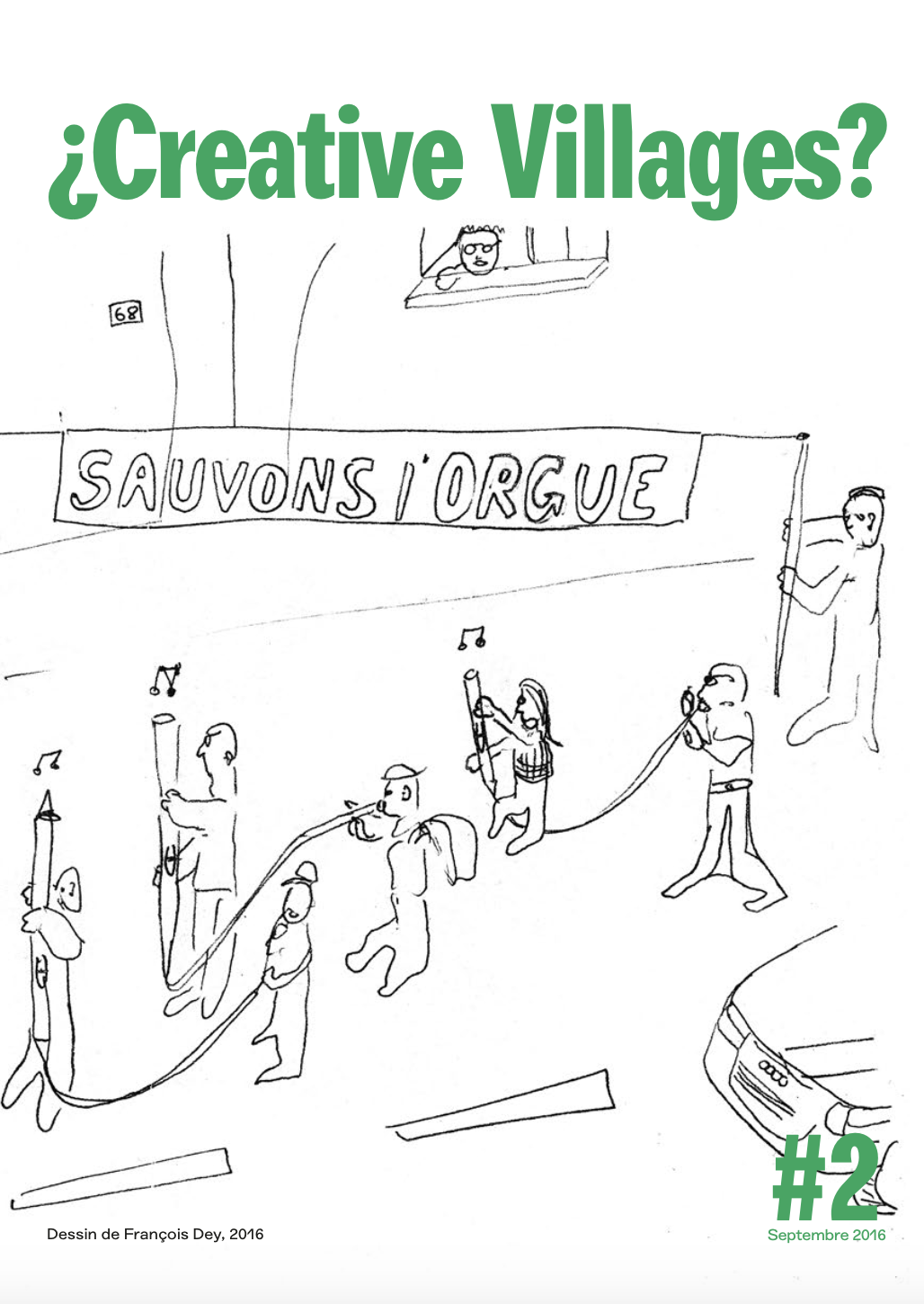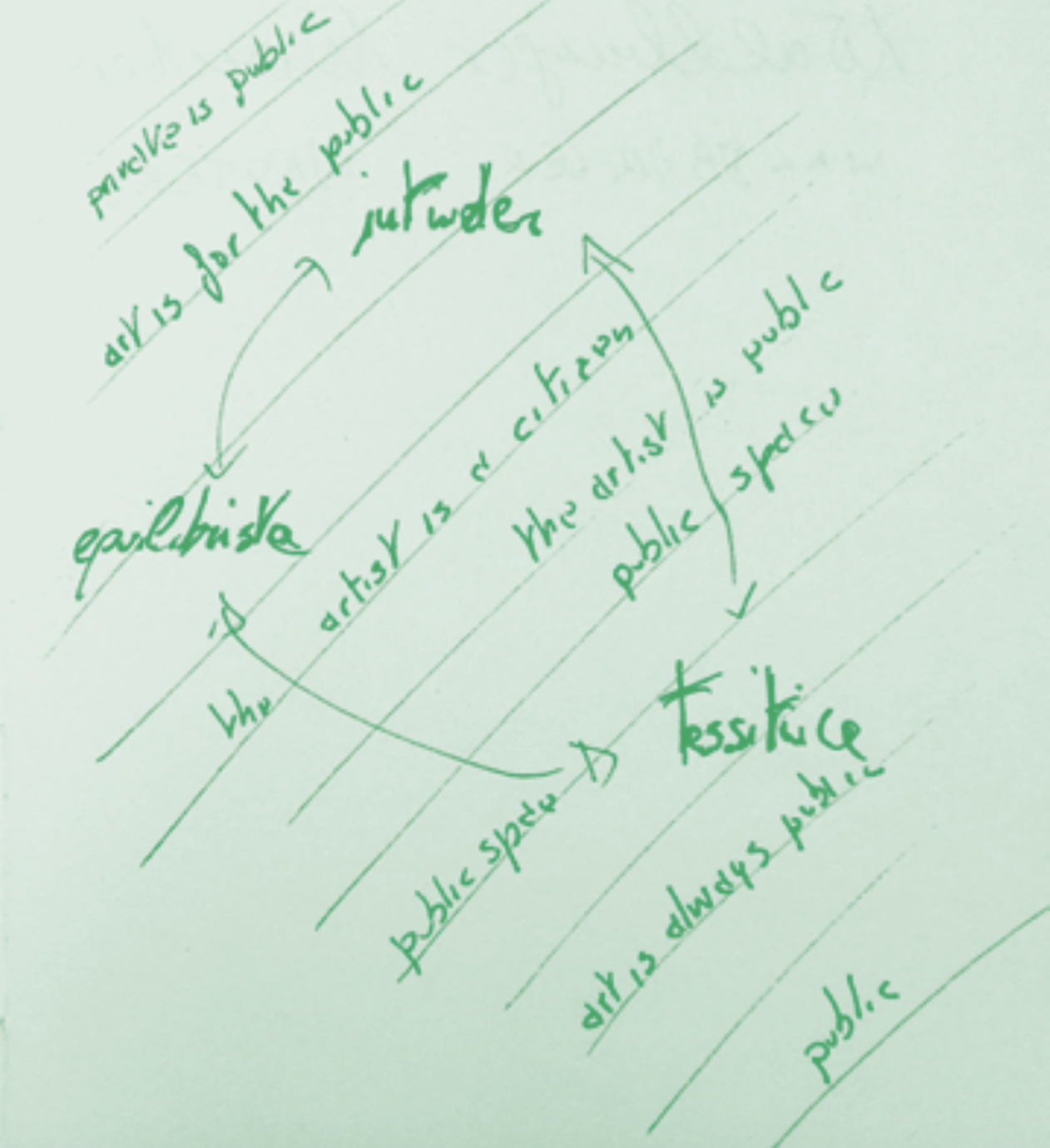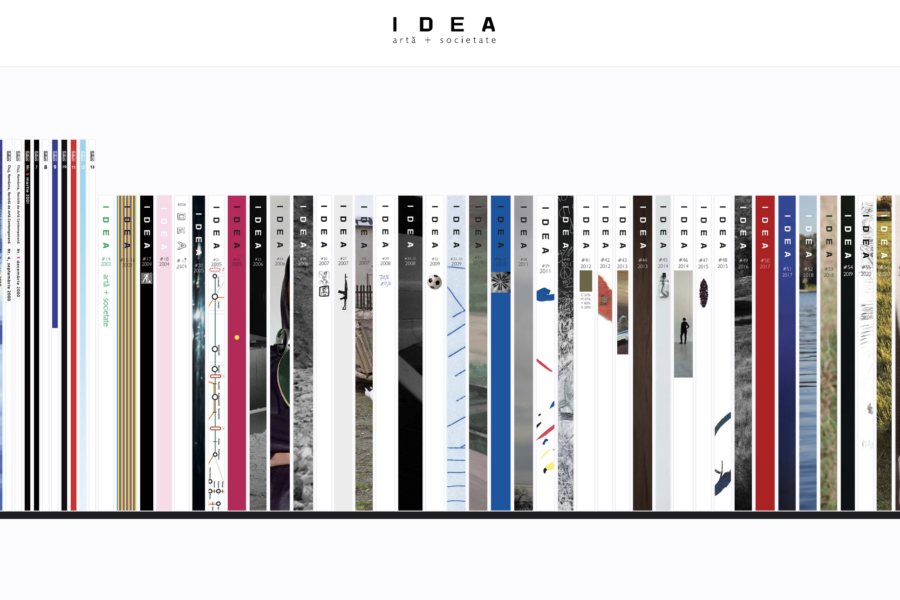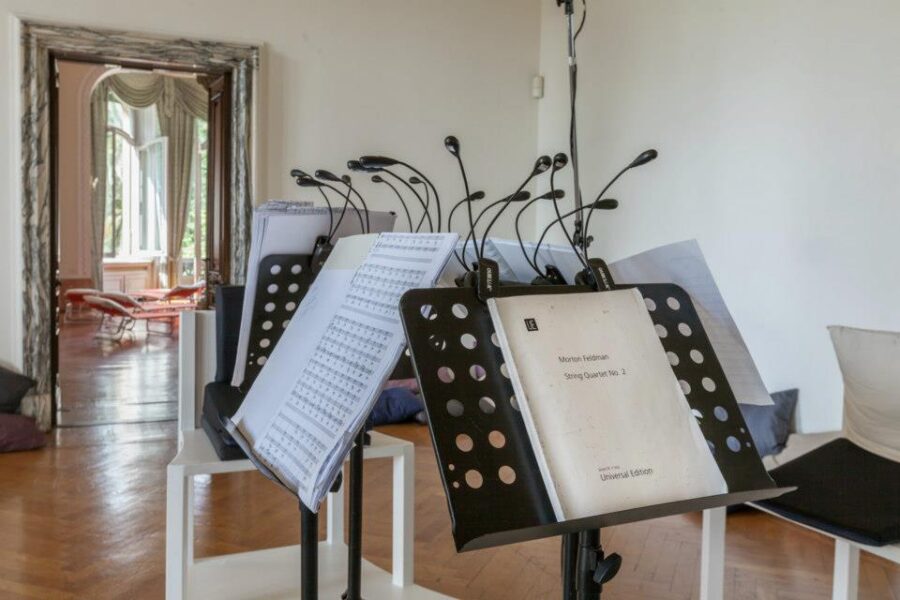I am writing this text in front of a Swiss lake. Yesterday I spent the afternoon at the Beyeler Foundation, walking among acrobats by Calder, shapes by Matisse, the weavers In Respite by Louise Bourgeois. Why the lake and why this private foundation?
Our seminar triggered this crucial question/matter: what is the role of an artist in public space? And while walking among these beloved works (and maybe also triggered by my deadine), I came up with these notes.
If art is for the (general) public and the artist is, first and foremost, a member of the Agora, what is his/her role?
It might be the position of the water I’m looking at now. It changes shape and infiltrates among the rocks even where they are narrow and difficult to reach. “Be water” and be able to assume the needed shape.
But how does one change shape and adapt without betraying? How to honour your research while changing and adjusting according to the new (public) commission? In my mind, I picture all the classical artworks I admire. The result of what now we call public commissions. I think of Giotto’s frescos in Basilica di San Francesco, Cappella Cornaro and Fontana dei Quattro fiumi by Bernini, and others.
Time is my answer. Research goes on for years, crossing commissions as an opportunity to find the unexpected. The unforeseen that links the journey I am on, to a particular context. The surprising element that might enrich the path and form your research and your artwork.
I arrived in Switzerland last January with a grant while working on the hackers’ world. I was supposed to stay three months, but the unexpected happened. I started to meet people and I received commissions that shaped my research and the artworks that came out of it.
And again, what is the position of an artist, or a curator in relation to this context?
I love to think it is the one Nancy describes in L’intrus while talking about the new foreign inside him, an implanted heart.
“The theme of the stranger in itself intrudes on our moral correctness (and is even a remarkable example of the politically correct). And yet it is inextricable from the truth of the stranger. Since moral correctness assumes that one receives the stranger by effacing his strangeness at the threshold, it would thus never have us receive him. But the stranger insists and breaks in. This is what is not easy to receive, nor, perhaps, to conceive…” Jean-Luc Nancy in L’intrus ed. Galilée, 2000
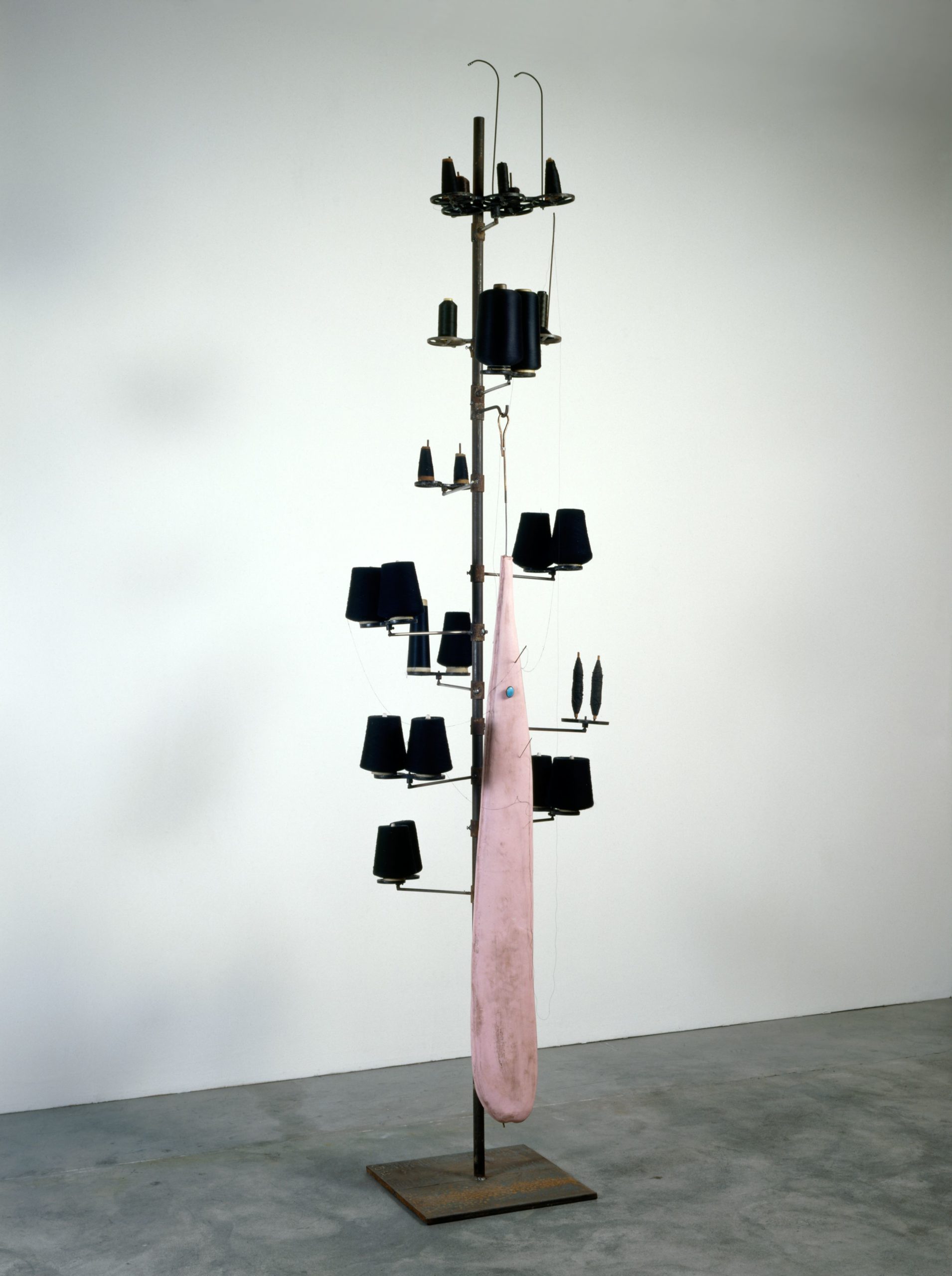
Can this position be the artist’s one in the (public) space? Where public is intended as a potentiality of anywhere and anyone related to a given contest? I wish it were; it will.
Cordially yours,
the Intruder
(aka Valentina Vetturi)
This letter has been written in March 2016 and published on Ecav Journal 02.
The journal was published as part of ¿Creative Villages?, a pilot artistic programme, curated by Benoit Antille, implemented by the Cantonal School of Art of Valais in the Village of Leytron from March 2016 to April 2017.
